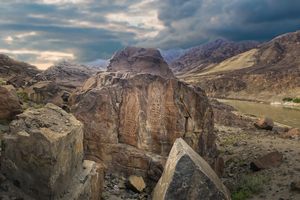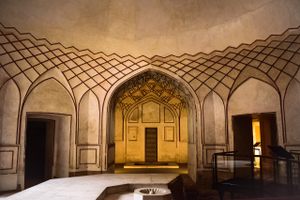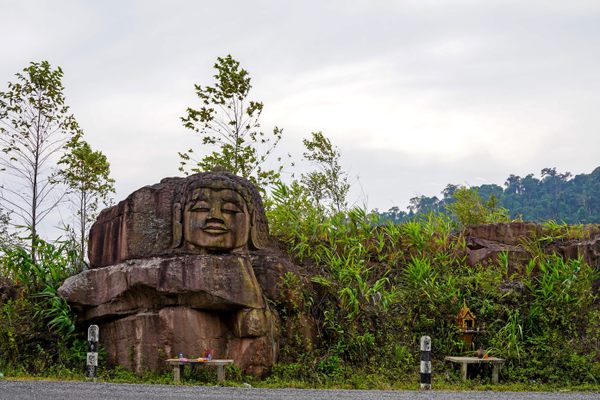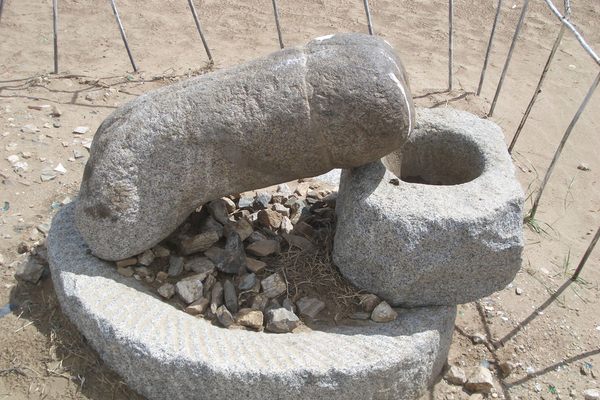About
Nestled in the rugged terrains of Gilgit-Baltistan lies the mesmerizing Buddha De Yasheni. This ancient rock carving represents a significant relic from the Buddhist era that once flourished in the region. The Buddha De Yasheni, also known as the Kargah Buddha, is an impressive rock carving that stands at about 50 feet high.
The origins of the Buddha De Yasheni trace back to the time when Buddhism was the dominant religion in the region—from approximately the third century B.C. to the eighth century A.D. Gilgit was an important center for Buddhist learning and pilgrimage, attracting scholars and monks from across Asia. The Buddha De Yasheni is believed to have been carved by Buddhist missionaries traveling along the Silk Road, who left behind their religious imprints in the form of stupas, manuscripts, and other carvings. This relic serves as a poignant reminder of the region’s once-thriving Buddhist culture before the advent of Islam.
The image, which is estimated to date back to the seventh century, is broad and squarish. Depictions of the Buddha with these characteristics can also be found in Southeast Asia, but it is not known if in this particular instance, it is a stylistic choice or a shortcoming of the sculptor(s). The pose of the standing Buddha with the open right hand raised facing forward is known as Abhaya-vara mudra, symbolizing fearlessness, or more precisely, purposeful defiance towards fear.
As Buddhism was being replaced by Islam, a set of non-Buddhist beliefs also developed around the Buddha De Yasheni. Given the somewhat feminine outline of the figure, a local legend holds that this is the depiction of a female demon called Yatchani, which according to local lore, used to devour men in search of firewood. A saint by the name of Daiyal Khimito instructed the local people to create a frame with 13 holes around the figure, and this would keep her bound to the cliff. Upon the saint’s death, his body was buried at the foot of the cliff, ensuring that the demon would not harm the local population ever again.
In recent years, the Buddha De Yasheni has become a popular pilgrimage site. Thousands of pilgrims from Thailand, South Korea, Japan, and other countries come here every year to pay respect and offer prayers to the fear-defeating Buddha.
Related Tags
Community Contributors
Added By
Published
September 30, 2024

























